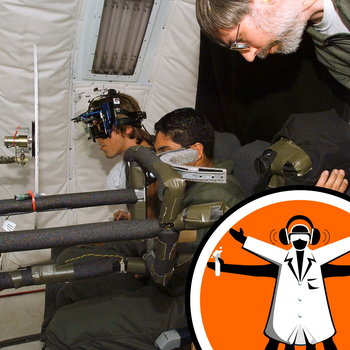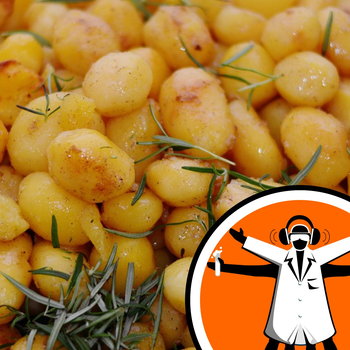
Bacteria not slowed by obstacles
Loading player...
Researchers have gained new insights into how bacteria move in complex environments. Bacteria move using a system called "swim-and-tumble": they swim in a straight line for a bit, then tumble in a circle, which gives them a chance to correct their course. They can't see where they're going - they can't see at all - but they can sense and follow gradients of increasing concentration of food, like following a delicious smell into the kitchen. This type of movement is called chemotaxis, with the chemical that's attracting them being called a chemoattractant. Chemotaxis has been well studied in bacteria moving in a clear area. But in the real world, such as inside the human body, bacteria often have to get past a lot of obstacles. So how do obstacles affect bacterial movement? Ruby Osborn spoke to Dr Sabrina Rashid, from Carnegie Mellon University, about how bacteria fare in special obstacle courses built into tiny chambers.




